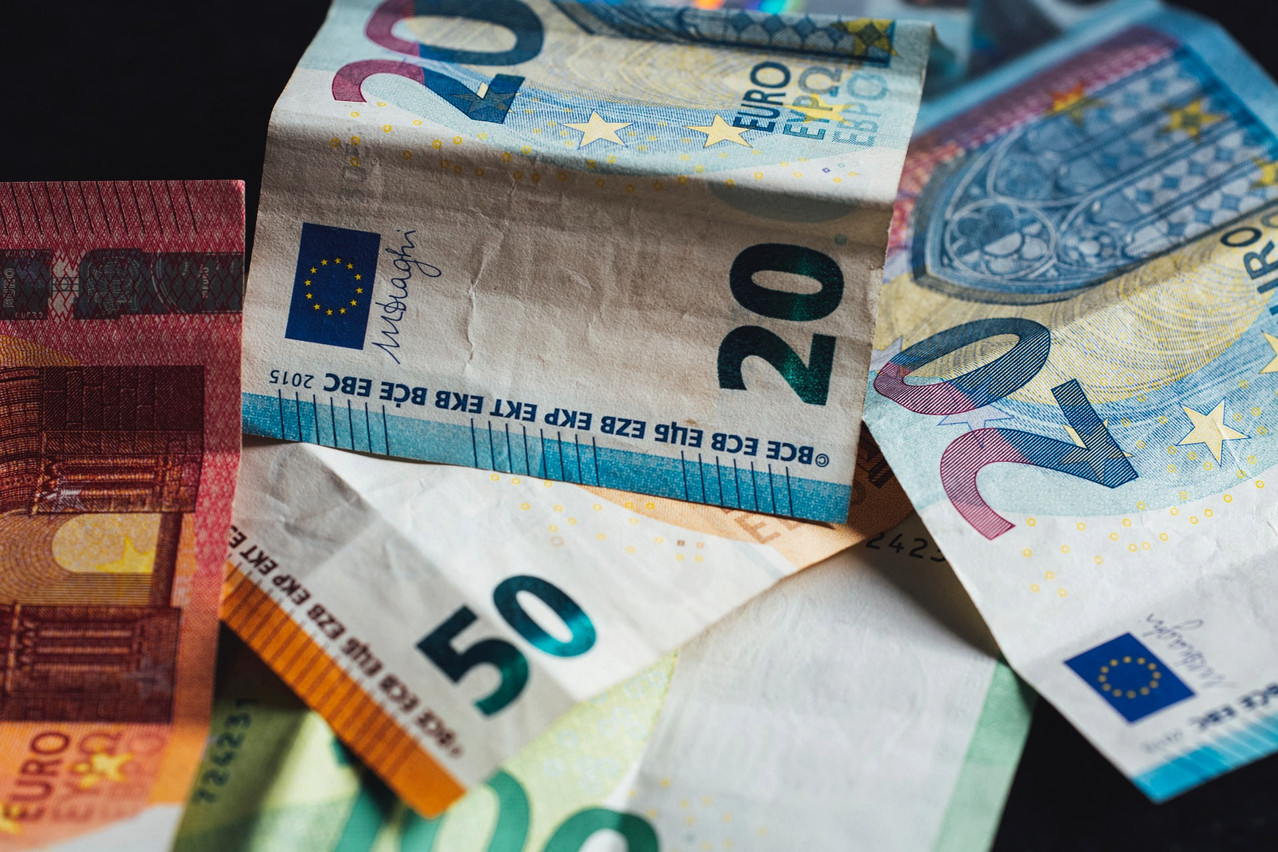The volume of non-cash payments is, unsurprisingly, on the rise in the euro area as a result of the various restrictions linked to the pandemic. In 2021 alone, digital payments increased by +12.5% year-on-year to a total of €111.2bn, according to the European Central Bank.
As a result, card payments remain the preferred means of settlement for Europeans, accounting for 49% of the total number of transactions in 2021. With a 4.6% increase in the number of payment cards in the euro area in that year and a population of 343 million, this would give about 1.9 cards per inhabitant.
. Between 2017 and 2021, 786,000 new cards were issued by Luxembourg-based payment service providers.
The various health restrictions have benefited the growth of card-based payment methods. The use of cash has come under pressure, but has not decreased drastically.
ATM networks did not experience a sharp decline, as was the case at the beginning of the millennium. Even though the number of ATMs in the euro area has fallen by about 4% by 2021, the rate of network decline seems to be more or less stable, at least for the time being.
Likewise, Luxembourg has experienced shrinking ATM networks. Nevertheless, between 2017 and 2018, the volume of the national network was increasing, before starting a downward trend with a loss of 50 machines between 2019 and 2021.
Globally, the number of ATMs has grown, with an average increase of 0.2% between 2018 and 2021, according to data from the Economist Intelligence Unit.
While the number of ATMs remains relatively stable, the number of banknotes in circulation has continued to rise.
Among low-denomination banknotes, 50-euro banknotes show the greatest growth. Between 2000 and 2022, the volume of 50-euro banknotes in circulation increased from less than 100bn to around 700bn. Five, ten and 50-euro banknotes remained capped at a ceiling of 100bn units each. The volume of high-denomination banknotes has been decreasing significantly.
Read also
The statistics on the development of ATMs and banknote volumes in circulation show that cash is somewhat resilient to the surge in digital payment methods. In turn, payment cards are already facing competition from mobile phone payment technology, which is said to be faster, driven by health restrictions and significant demand for online services.
Cards are only just beginning to conquer the market and are therefore threatened by mobile payments. And the arrival of the digital euro, , itself challenged by , is likely to upset this short-lived status quo. The technology race in the payments industry is well and truly on. A new king of payments should soon emerge. In the meantime, cash is having its last hurrah.
Read the original French version of this article on the site
